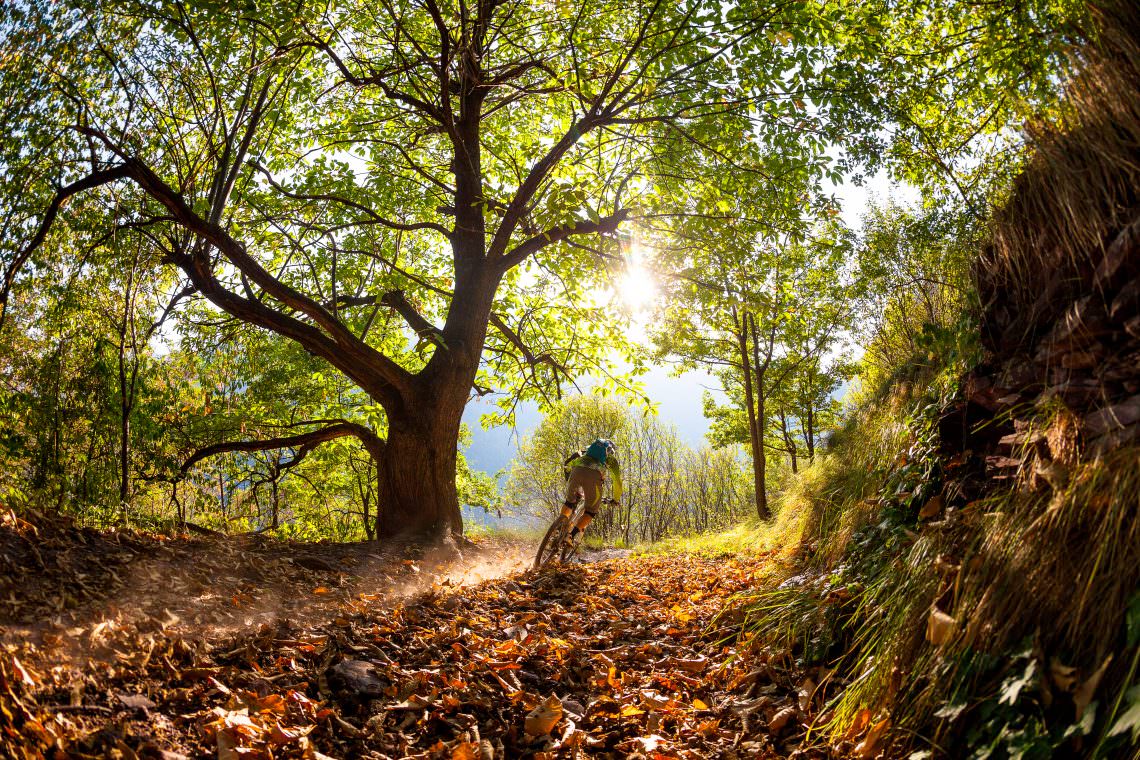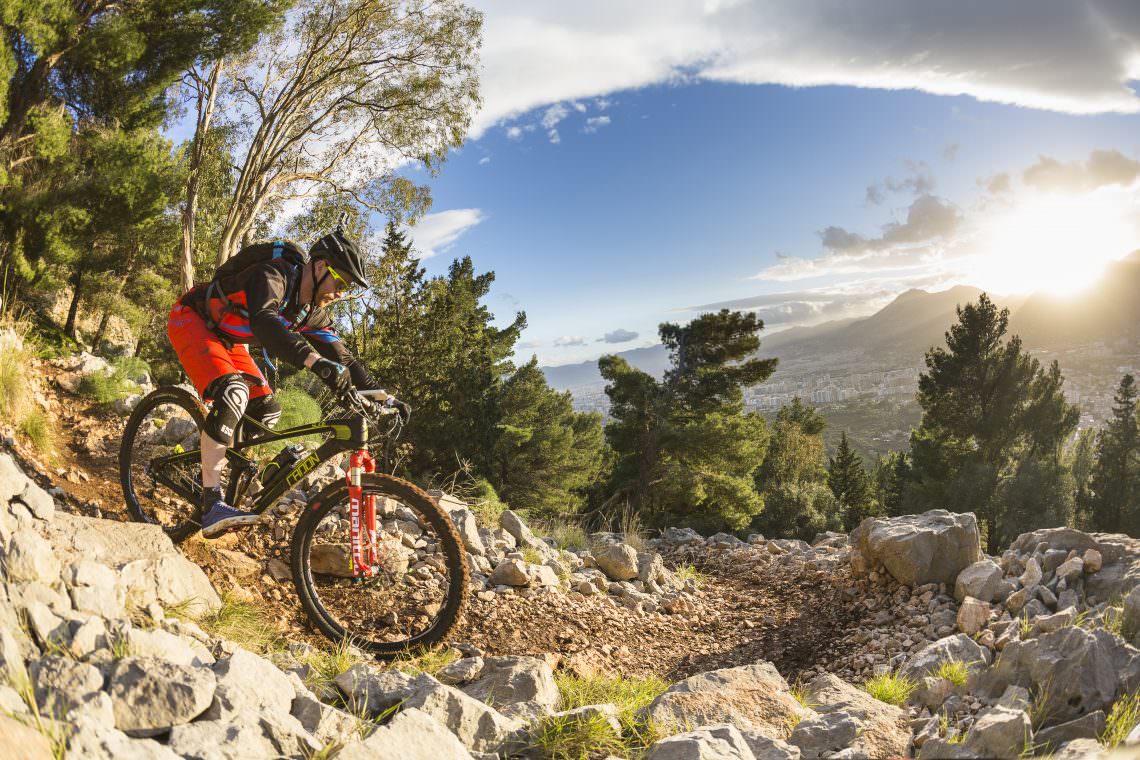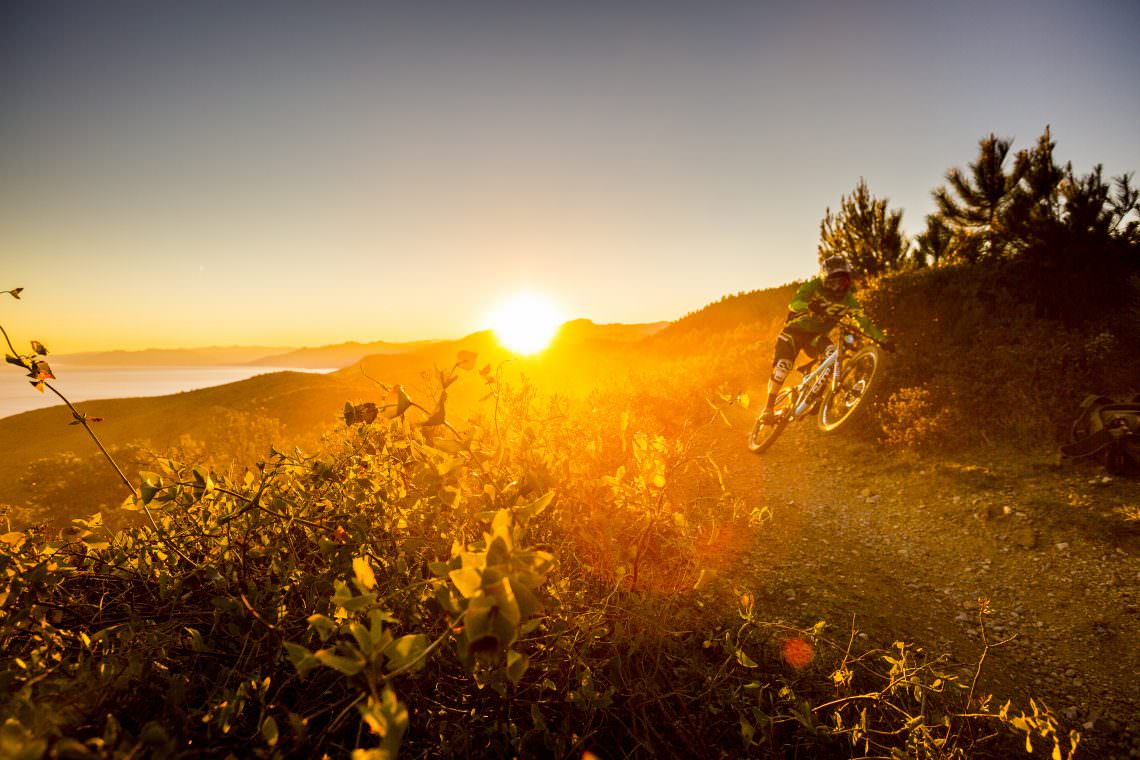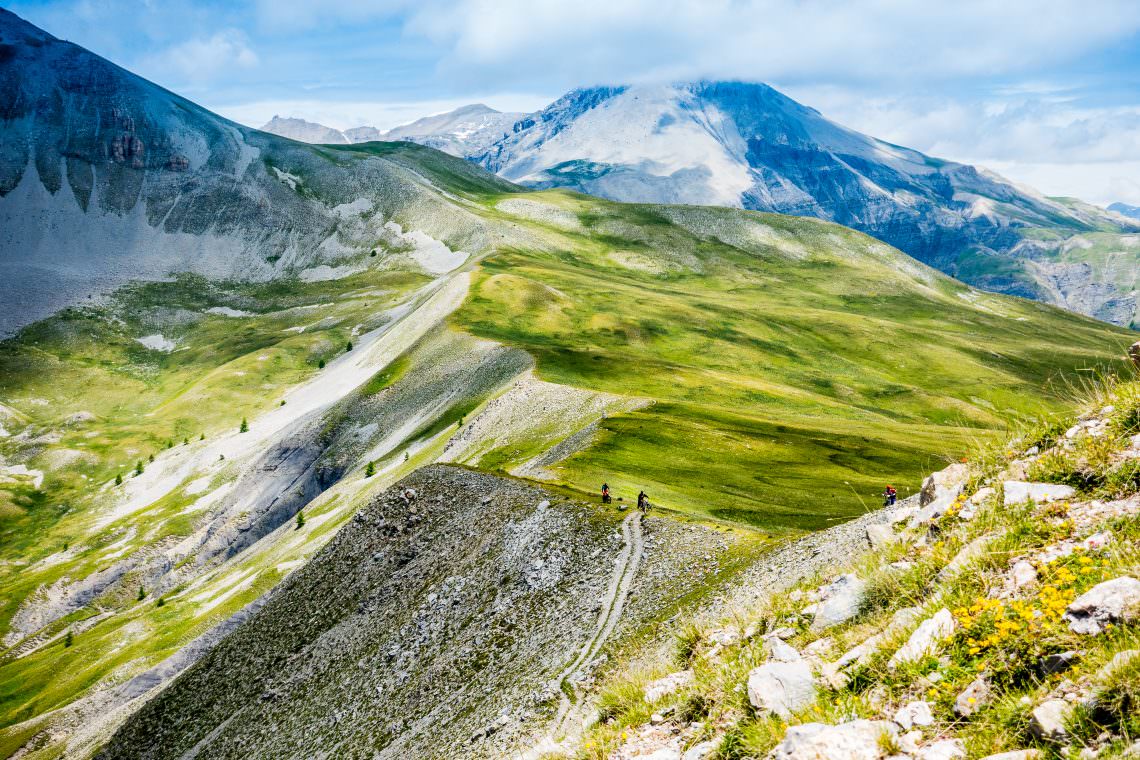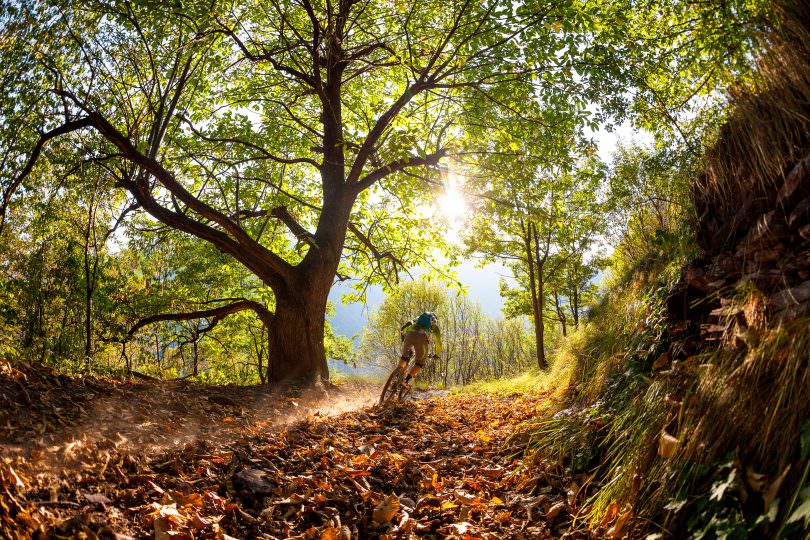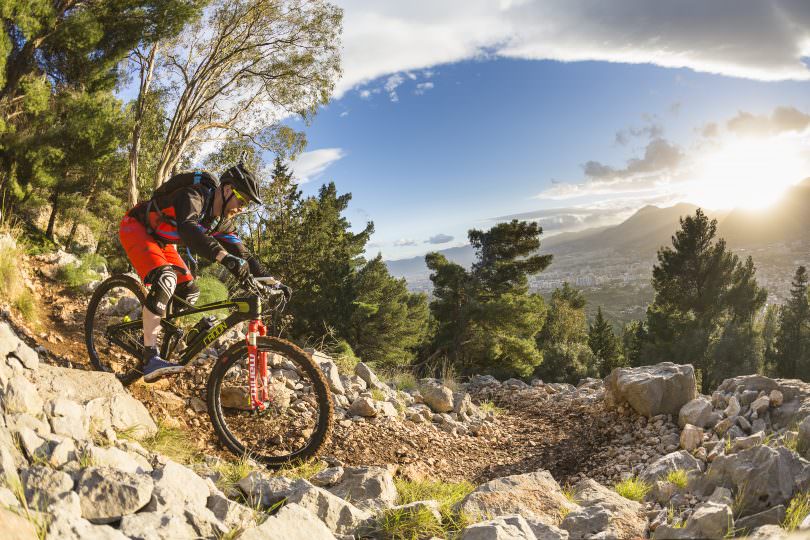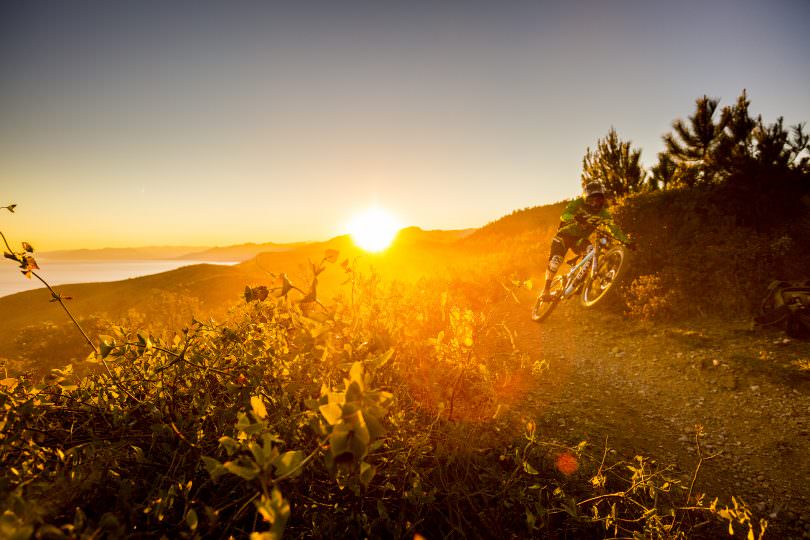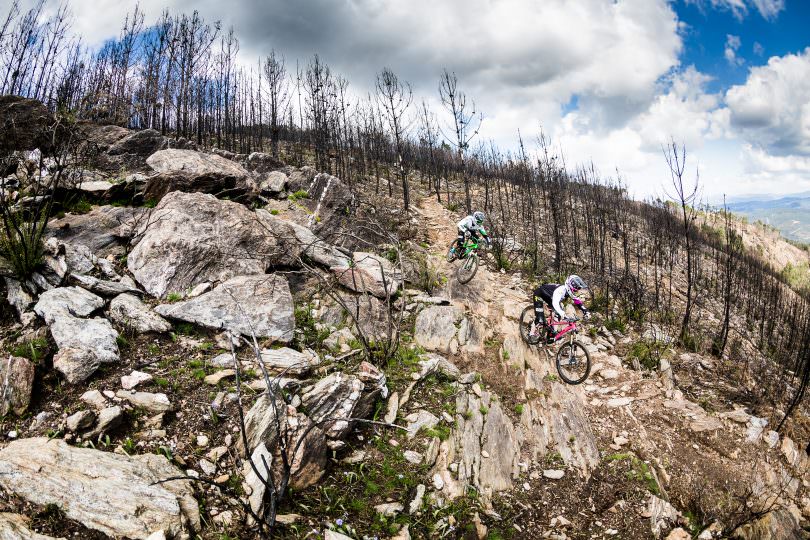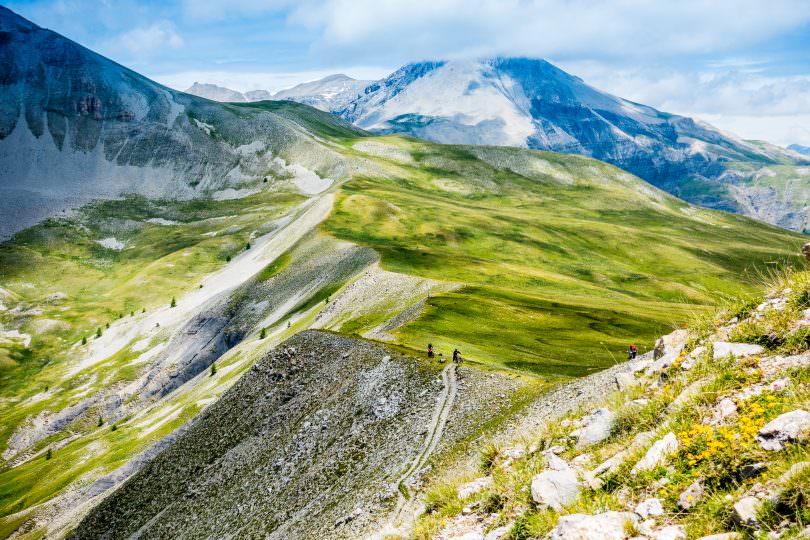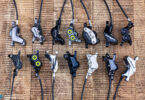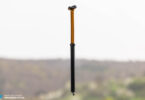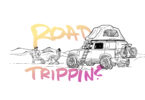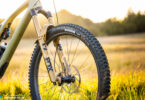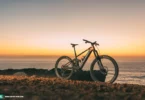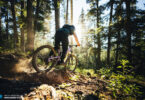Many of us have dreamt of becoming a pro photographer, chasing perfect light and deep loam around the world and generally living the life! But nothing comes easy and many of the heavyweight photographers have made their name not only through creativity and passion but also through a lot of hard work. We check in with pro shooter Irmo Keizer to find out more about life as a pro.
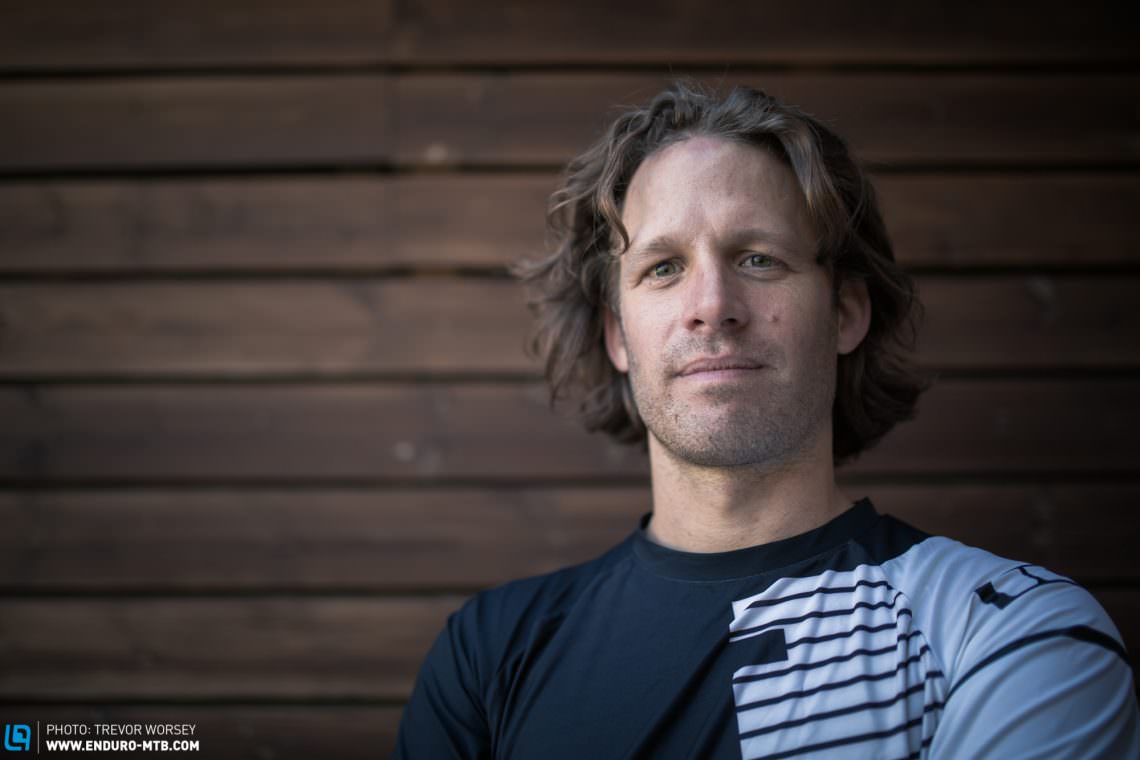
Who is Irmo Keizer?
I’m a Dutch photographer, working in the small global world of cycling. I’ve got a bachelor in Hotel Management but have no clue where I’ve stored the actual diploma after wandering off the beaten career track. I prefer to choose my own path and not go down the path others tell me to. I’m passionate about nature and mountain biking.
How did you get into photography?
I found my first camera on a park bench in Halifax, Canada when I was seven years old. I brought the camera to the police who were patrolling the park. They glanced at the now ancient MF-2, smiled, and told me I could keep it. It’s still with me today.
What came first, bikes or cameras?
For me, like many in the industry it was bikes.
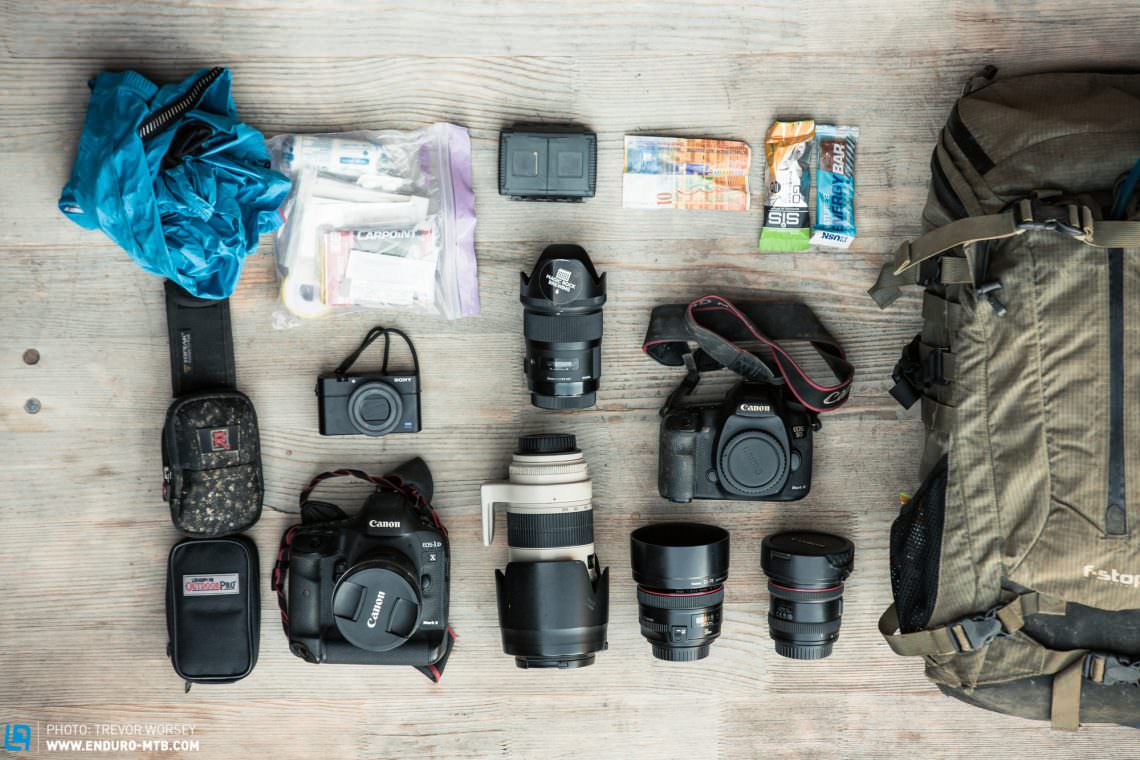
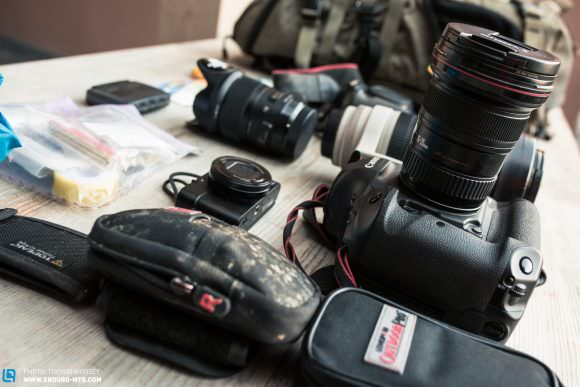
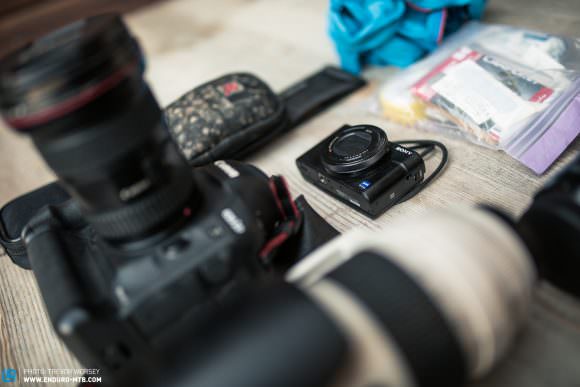
What gear do you normally carry on your shoots ?
This largely depends on the shoot. As my work is quite diverse, so is my pack list. On big catalogue shoot I drag along far too much shit. This mostly consists of two DSLR bodies and my lens collection; a 15mm fish, 16-35 wide angle, 35 1.4 prime, 50mm 1.2 prime, 100mm 2.8, 70-200 2.8 tele and a 300 2.8 prime. Throw in batteries, cleaning gear and everything else and you know why my bag weighs in at 18kgs. Depending on the shoot I bring either my Elinchrom Quadra set, Profoto B2s, or small repo-flashes. However, I prefer to keep it as natural as possible and as setting up flashes takes time, I prefer natural lighting.
When going on races such as the Trans-Provence I pack light. So when on the bike I mostly ditch a body and go with a lighter 5D combined with a wide angle or fish and a tele. The 100mm 2.8 is a great lens if you need to go as light as possible.
If you could only take one lens on a shoot, which would it be?
Tough call. For now, I’d opt for the 35mm 1.4.
What about camera bags, which ones do you use?
The eternal search for the perfect bag continues, but I’ve got a fair selection of bags to choose from. For World Cups and ‘carry it all’ days I use a camouflage F-Stop Loka with a large Pro ICU. The pack is also pretty usable for riding, but when packing light I prefer to get my USWE backpack, which fits two lenses and a body without problems. Lenses are wrapped in a base layer or rain jacket which I always carry, except for when I really need it. Most small (‘official’) photo bags just suck on your back unfortunately.
Irmo has shot for some of the biggest brands and magazines in the industry, check out some of his amazing images:
Where is your favourite place to shoot?
High up in the mountains, far from civilization and ski lifts preferably. I dislike the clutter around World Cups or ski resorts, so backcountry stuff. There are so many amazing places, it’s impossible to choose a single destination.
How would you describe your processing style?
Keep it natural. I frame my shots on the spot, so I tend not to crop at all in postprocessing. I do know my camera’s limit, however, so I always shoot in order to regain lost information in post.
Are you a Photoshop man or a Lightroom cowboy?
Lightroom all the way.
Any tips for aspiring photographers?
Don’t sell your photos cheap. If you want to be a pro, act like one and price accordingly. Furthermore, cherish relationships with clients. Consistent business and trust is worth a lot and works both ways. One more thing; composition is everything.
What’s the best photo advice you have been given?
Get the best lenses you can afford, don’t worry about the (DSLR) body.
Who’s pictures inspire you?
There are many photos which inspire me, but I’ve never looked to a single photographer as ‘my’ inspiration. My parents have always had a National Geographic subscription, so I grew up reading and looking through years and years of issues. Further along the road, I liked Ian Hyland’s mix of natural lighting with his subtle use of flash. He’s the one who also gave me the advice to buy the best lens you can afford. Gary Perkin is also one who stood out for me, especially his ability to find angles. There are many great photographers, however, so finding inspiration is easy. It keeps you humble as well.
What is the best way to get your images noticed?
Nowadays you will find many ‘social media cannons’ out there. This is a way, but it’s not mine. I’ve got a love-hate relationship with social media. Simple shots with big names get tons of likes and followers, that magic shot with John Doe will get a handful. Most of my business is corporate, and what gets you noticed there is consistent quality with your signature style. Oh and thanks for pointing out again I have to step up my own social media/exposure game ;).
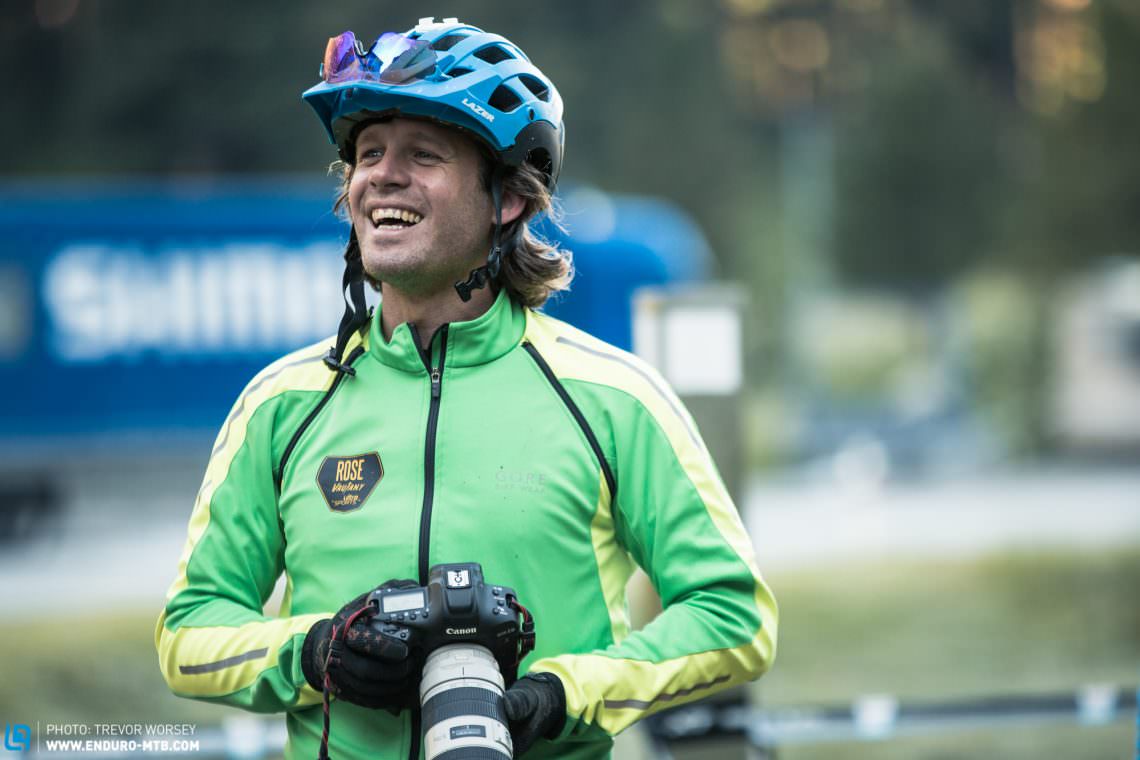
People see your photos and get stoked but it’s not as easy as that is it, do you find it easy to find enough work?
I’m lucky enough to be extremely busy nowadays. When starting out this was different, however. I’ve had moments where my bank account’s limit was stretched to the maximum. Nowadays, I’m awash in work which brings new challenges mostly related to a chronic lack of time and a continuous fight with crappy internet connections.
As soon as you start to have a solid base of clients and word spreads about your work, life gets a lot easier. Clients know what they pay for and there’s no more hassle about pricing. Don’t expect to get rich in mountain biking, but it is a great little world to work in and I’m extremely grateful to make a living from it.
Living a life on the road is there anything you cannot live without?
I’d have to go for my flip-flops.
Cheers Irmo. You can help Irmo up his social media game by following his Instagram channel @Irmokeizer or check out his website.
Did you enjoy this article? If so, we would be stoked if you decide to support us with a monthly contribution. By becoming a supporter of ENDURO, you will help secure a sustainable future for high-quality mountain bike journalism. Click here to learn more.
Words & Photos:



